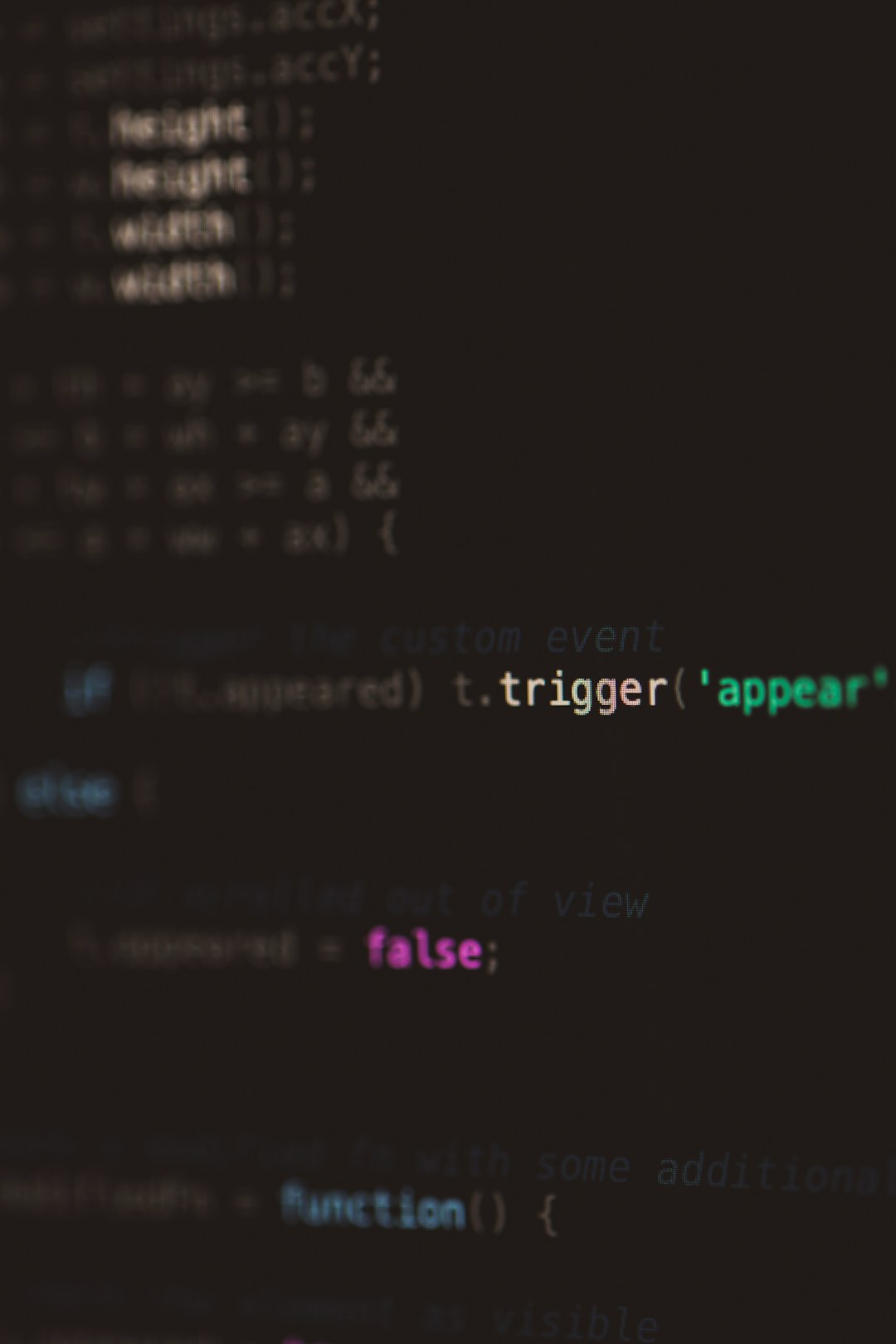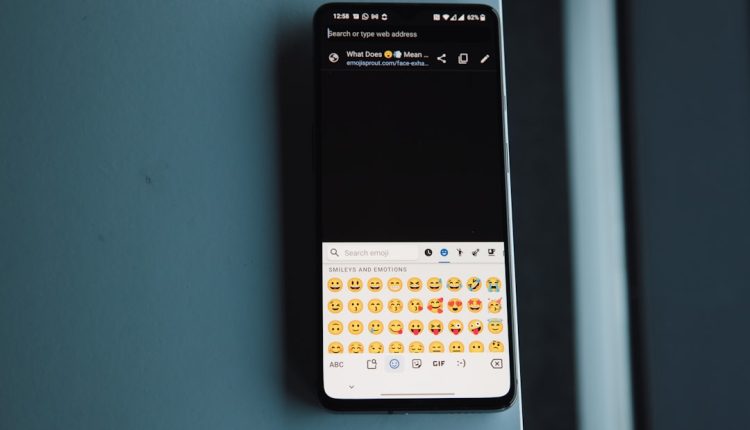In an age where rapid communication happens within split seconds, social media and text messaging have grown their own languages—complete with abbreviations, emojis, and even punctuation that carries emotional weight. One of the most widely used yet surprisingly complicated symbols is the ellipsis, represented by three dots: “…”. If you’ve ever received a message ending in these dots and weren’t quite sure what it meant or how to respond, you’re not alone. Let’s unravel the complex and fascinating world of ellipses in digital communication.
What Is an Ellipsis?
Table of Contents
In its original grammatical context, an ellipsis (plural: ellipses) indicates the omission of words or a trailing-off thought. For instance:
“I was going to say something, but… never mind.”
But in texting and on social media, those three dots have evolved into something far more nuanced. They’ve taken on new shades of meaning—ranging from hesitation to passive-aggressiveness, mystery, dramatic effect, or even flirtation. Understanding what “…” means in a message depends largely on the context, tone, and your relationship with the sender.

The Many Faces of “…” in Digital Conversation
Let’s look at some of the social and emotional nuances the ellipsis can convey, along with examples for each interpretation.
1. Hesitation or Uncertainty
An ellipsis often expresses doubt, hesitation, or a pause in thought. Think of it as someone trying to find the right words or being unsure of how to respond.
Example: “I guess we could go to the party… if you really want to.”
Here, the sender seems unconvinced or unwilling, using the ellipsis to soften the message.
2. Passive-Aggressive Tone
The ellipsis can also carry a more hostile undertone, especially when it follows a pointed statement. It can make otherwise straightforward messages feel loaded or sarcastic.
Example: “That’s interesting…”
Depending on the context, the ellipsis here could imply that the person thinks it’s anything but interesting, but is choosing not to say more.
3. Incomplete Thought or Suspense
Sometimes, the ellipsis is used to trail off, suggesting that something more could be said, or encouraging the reader to fill in the blanks.
Example: “If only you knew what I was thinking…”
It leaves a sense of mystery or provokes curiosity, making the tone more dramatic or flirtatious.
4. Expression of Sadness or Disappointment
A stand-alone ellipsis or one placed at the end of a sentence can suggest sadness, resignation, or emotional withdrawal.
Example: “Okay…”
Here, “Okay” with an ellipsis can mean the sender isn’t really okay—it’s a subtle cue for emotional distance or disappointment.
5. Adding Softness or Politeness
In some cases, especially with younger generations, ellipses are used to soften messages and make them feel less abrupt or demanding.
Example: “Can you help me with this…?”
The ellipsis reduces the directness of the question, making it feel less confrontational and more polite.

Generational Differences in Ellipsis Usage
Interestingly, your age might shape how you use—or interpret—ellipses. Older generations often use ellipses in line with their traditional grammatical function: to indicate a pause or unfinished thought. Meanwhile, younger users might use them more frequently to express subtle emotional cues or change the tone of their message.
For example, a millennial or Gen Z texter might feel uneasy receiving a message with ellipses from a parent or boss, interpreting it as cold or passive-aggressive, even if no negative connotation was intended.
When an Ellipsis Goes Wrong: Misinterpretations and Confusion
Because the ellipsis is so versatile and subjective, misunderstandings can easily occur. A friend might use it to express hesitation, but you might read it as annoyance. Tone is especially difficult to convey in text, and while emojis may help clarify intent, ellipses lack this context-supporting assistance.
Let’s compare a few messages:
- “Sure.” – Comes across as direct, maybe even curt.
- “Sure…” – Could imply reluctance, sarcasm, or disappointment.
- “Sure :)” – Friendly and positive.
As you can see, those three little dots can completely change the interpretation of a message.
Ellipses in Different Platforms
Ellipses don’t read the same across all digital spaces. Here are how they might vary depending on platform:
- Text Messages: Often used to show hesitation or emotional nuance.
- Twitter/X: Because space is limited, ellipses are used to trail thoughts or add suspense, sometimes linked with sarcasm or dramatic flair.
- Instagram: In captions or comments, ellipses are often used to encourage users to click “read more.”
- Reddit/Forums: Ellipses may be used when quoting users or indicating uncertainty or empathy in the comment section.
That being said, it’s crucial to read the room—or more accurately, the screen. Context, tone, and familiarity will always play a role in how an ellipsis is received.
Alternatives to Ellipses
If you’re worried about sending the wrong message with an ellipsis, consider using other punctuation or wording that better conveys your intent.
- Periods (.) for final statements.
- Emojis to clarify emotional tone.
- Words like “maybe,” “I guess,” or “I’m not sure” to directly express uncertainty.
Instead of saying, “Sure…” which might come off as reluctant, try “I think that could work!” or “Sure, I’m open to it.” for more clarity.
Should You Use “…” in Your Messages?
There’s no rule that says you should abandon ellipses entirely—but it pays to be mindful. If you know the person well and understand their communication style, an ellipsis might add personality or an emotional cue. But in more formal or professional settings, or with people who might misinterpret your tone, it might be better to stick with clearer punctuation.
Also, don’t be afraid to ask for clarification if you’re on the receiving end of a message containing ellipses and you’re unsure what the sender means. A simple, “Hey, just checking—was everything okay with that?” can clear the air.
Conclusion: The Power of the Ellipsis
“…” might just be three little dots, but in the context of digital communication, they carry surprising depth and power. They can communicate hesitation, drama, annoyance, or quiet resignation—all depending on the situation.
Ultimately, understanding the ellipsis requires a mix of emotional intelligence, platform awareness, and maybe a little bit of intuition. By recognizing its varied uses and potential pitfalls, you’ll be better equipped to navigate the ever-evolving world of online language.
So the next time you see “…”, take a moment to consider—what’s really being said between the dots?

